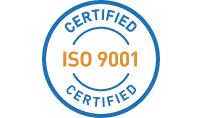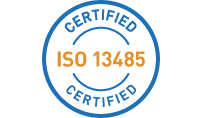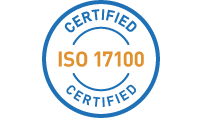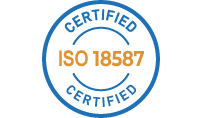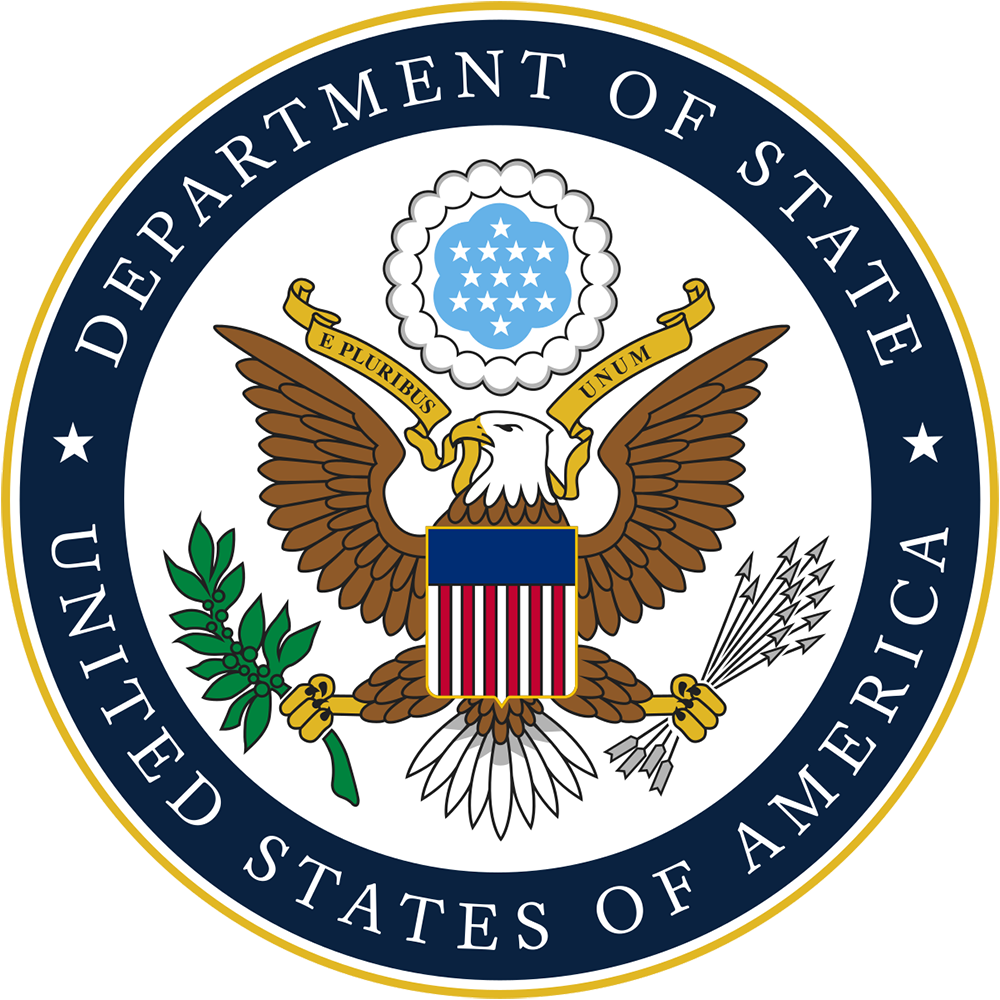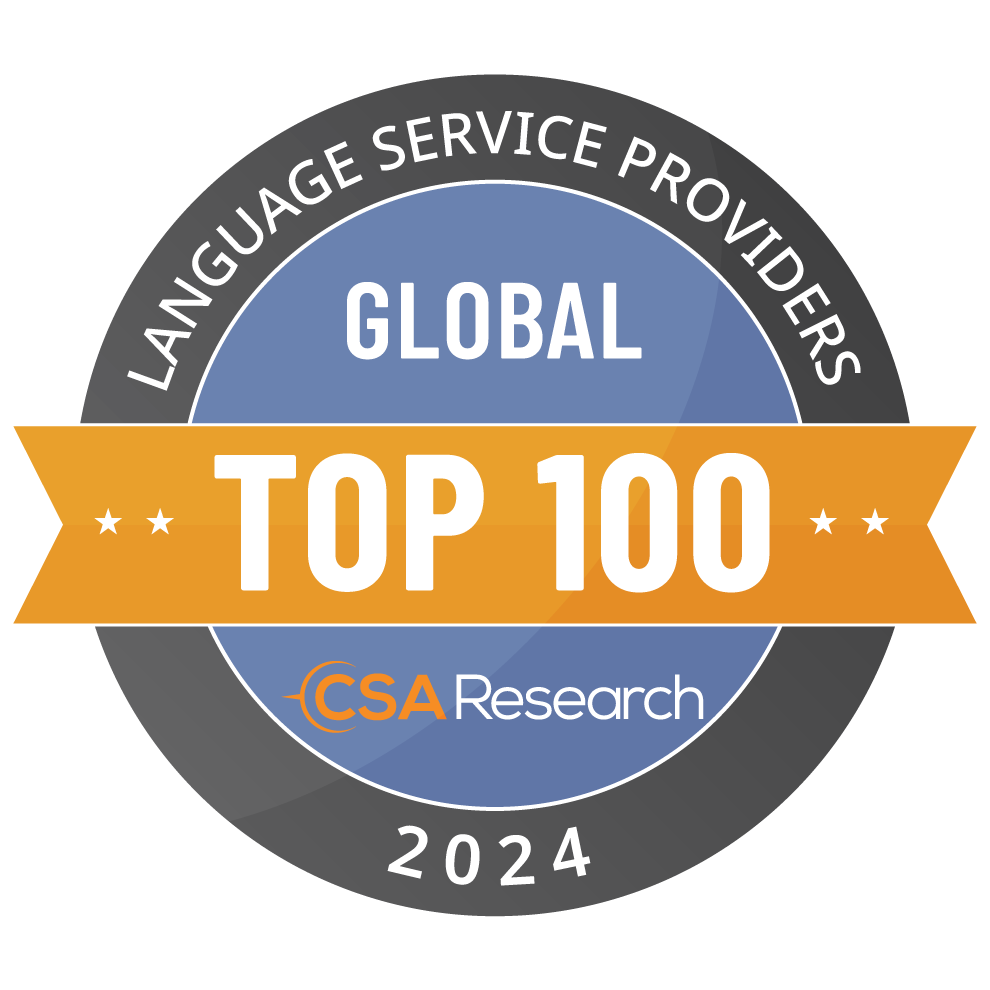
Global Marketing – Part 2 of a 3-Part Series
Our 3-part mini-series explains how to go global with your products and services the smart way.
This post will try to simplify some of the complexity surrounding international regulatory compliance so that you can enter your global target markets with confidence.
Every country has its fair share of regulatory requirements for the proper labeling of packaged goods.
Medialocate is well aware of the challenges in localizing packaging labels for international regulatory compliance. And we can help guide you in the right direction.
Let’s look at 3 examples of labeling requirements:
1. Chemical Products
Material Safety Data Sheets (MSDS) inform users how to handle different chemical substances. They vary in format and information from country to country.
In order to ensure the proper use of chemicals around the world, the UN initiated the GHS, or Globally Harmonized System of Classification and Labeling of Chemicals.
However, the GHS is not a mandate and countries are under no legal obligation to adopt it. Many countries are choosing their own path, with some having their own interpretations and additions to the GHS standards, while Turkey is retrofitting their existing labels in order to be compliant.
If you want to sell your chemical products internationally, you need to keep tabs on the latest regulations and developments in each of your target markets.
Read more on the GHS on the OSHA site here: https://www.osha.gov/dsg/hazcom/ghs.html#1.0
And stay current with international GHS adoption here: http://www.ghslegislation.com/
2. Medical Products
The Blue Box: European Union countries have specific requirements for medical product labels. This information needs to be available in one or more official languages of the country and be printed in a blue box on the package.
For example, Belgian medical labels must be in the 3 official languages of the country (French, Dutch, and German) and narcotics products to be identified with an official number code assigned by the Minister of Public Health as well as a set of red parallel lines that meet specific formatting requirements.
And just like with the changing world of GHS adoption, it is crucial to keep up with medical product labeling requirements around the world.
Read more about the blue box and other country-specific medical product labeling requirements in this document:
http://www.hma.eu/uploads/media/ES_GUI-27_Blue-box_requirements_4.11.13.pdf
3. Other Product Types
The CE Marking is a mandatory seal identifying product conformity across a wide range of product types. It is used primarily in the EU (European Union) and EEA (European Economic Area) and recognized worldwide. However, not all products require CE marking, such as custom-made devices and devices intended for clinical investigations.
CE Marking follows one set of standards across all countries. This means that it differs from the GHS and blue box labeling in that it is not necessary to conform to any country-specific regulations when affixing the CE seal.
The CE marking procedure does require companies to provide product documentation translated into each target language.
Watch this very informative video for the 6 steps to ensure compliant CE marking.
Ready to make your products internationally compliant? Medialocate is here to help!





